Skip to content
More
Share
Explore

#3 —The Notion of "Life Strategy"
#3 —The Notion of "Life Strategy"
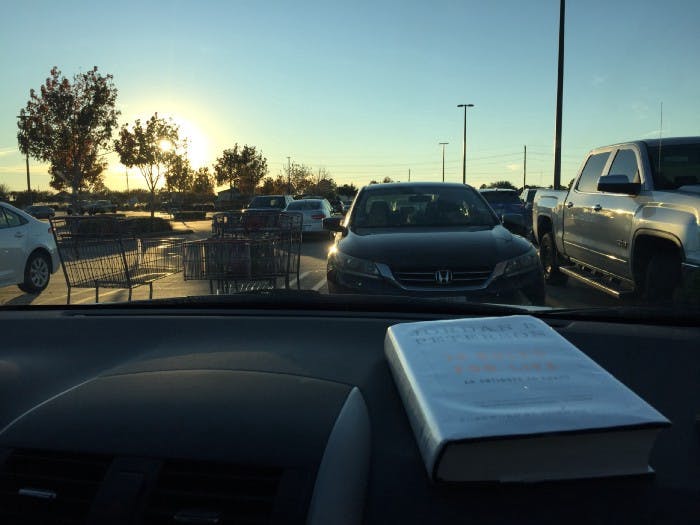
Significant Insight
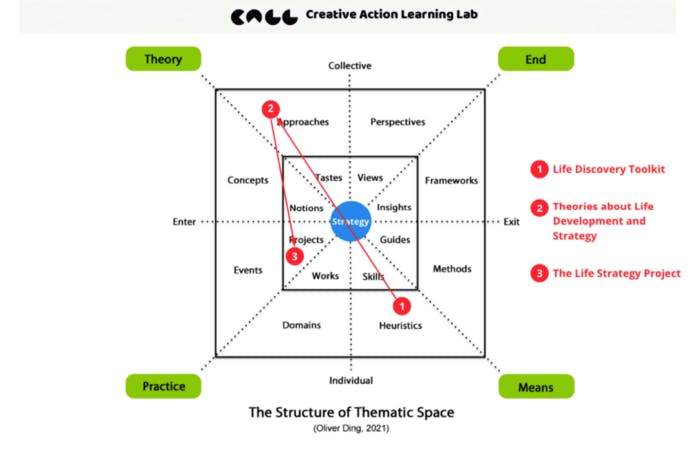
Method
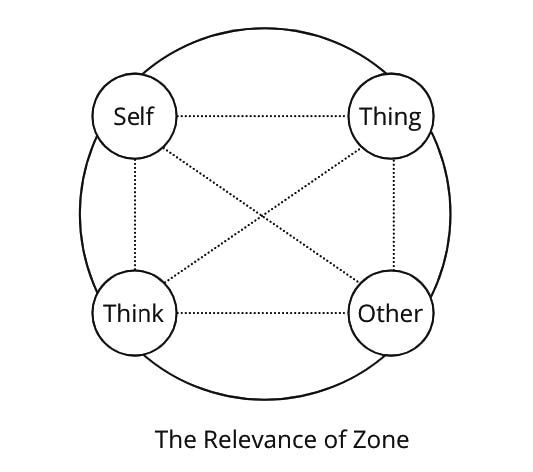
.
Analysis
Other: Who is the Significant Other for this insight?
Thing: What’s the insight about? Why do I pay attention to it?
As mentioned in the previous article, , I am recently thinking about Life Strategy for Indie Creators.
The “Life” thematic space is a huge container for me. In the Theory field of the thematic space, I did something about it. For example:
-
-
-
- Life Theory (yes, I wrote a 160-page private document titled Life Theory in Feb 2020.)
The “Life Theory” document is both a theoretical plan and a toolkit. As a theoretical plan, it describes the position and the direction of expanding the Ecological Practice approach to a social theory. As a toolkit, it curates six frameworks together. It is the beta version of the Ecological Practice approach.
My notion of “Life Strategy” can be understood as a dialogue between my “Life” thematic space and my “Strategy” thematic space.
If we jump out of my thematic spaces, we can consider the concept of “Life Strategy” as a dialogue between the field of “Developmental Psychology” and the field of “Strategic Management”.
I called this method Double Dialogues which is a technique of the Knowledge Curation framework. The Double Dialogues method differs from Conceptual Blending because my method is about Themes and the Conceptual Blending method is about Concepts.
Think: How did I get this insight? Is there a technique behind the process?
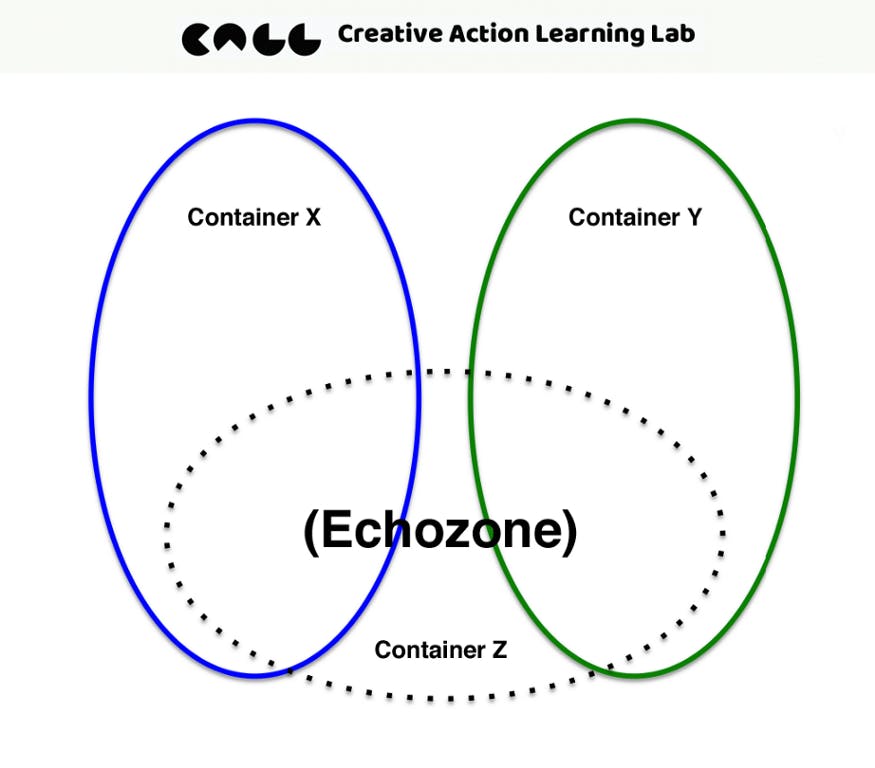
After finishing the above list, I suddenly had the above idea about “Life Strategy”. Originally, I was busy on dealing with friends’ requests about practical suggestions about strategy. So, I framed the notion of “Life Strategy” as a practical toolkit. However, I realized that I could detach from the “toolkit” and attach to the “dialogue” which is mentioned above.
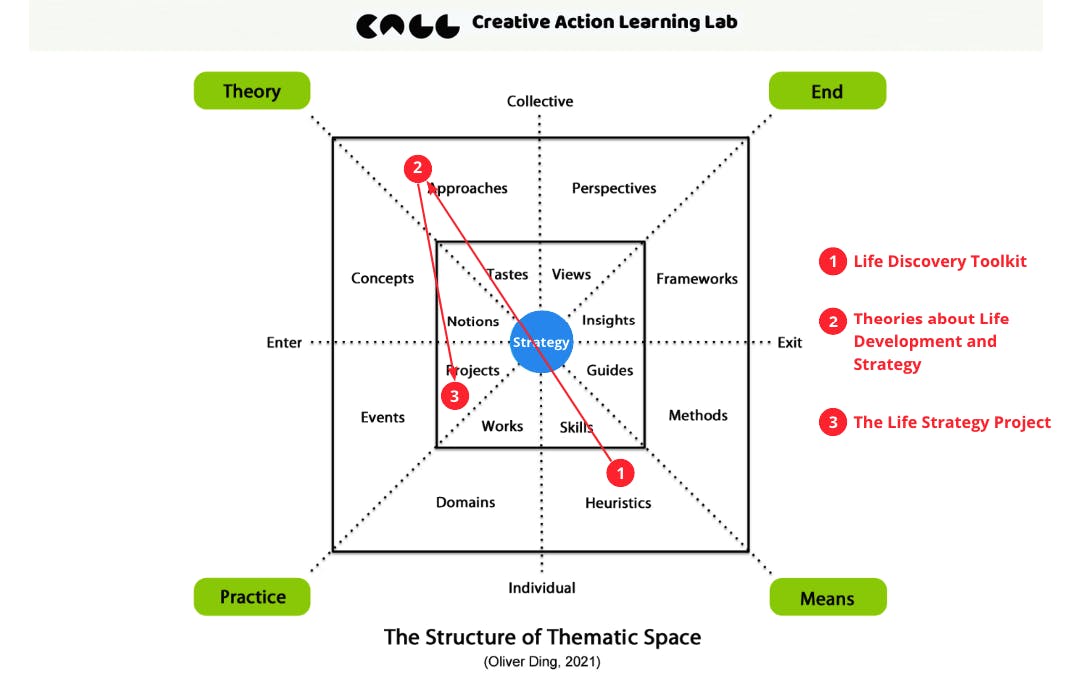
Self: Where did I capture this insight?
Self: When did I capture this insight?
Activity: Is this insight part of an activity? What’s the activity?
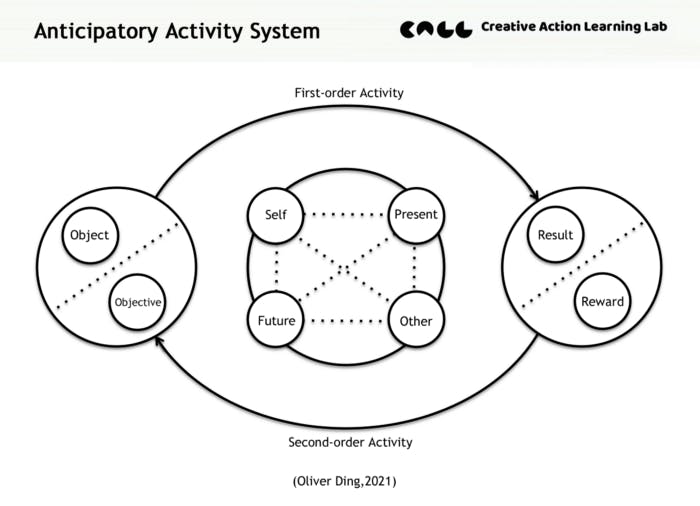
Activity: Has this insight led to a new action or a new activity?
Want to print your doc?
This is not the way.
This is not the way.

Try clicking the ⋯ next to your doc name or using a keyboard shortcut (
CtrlP
) instead.